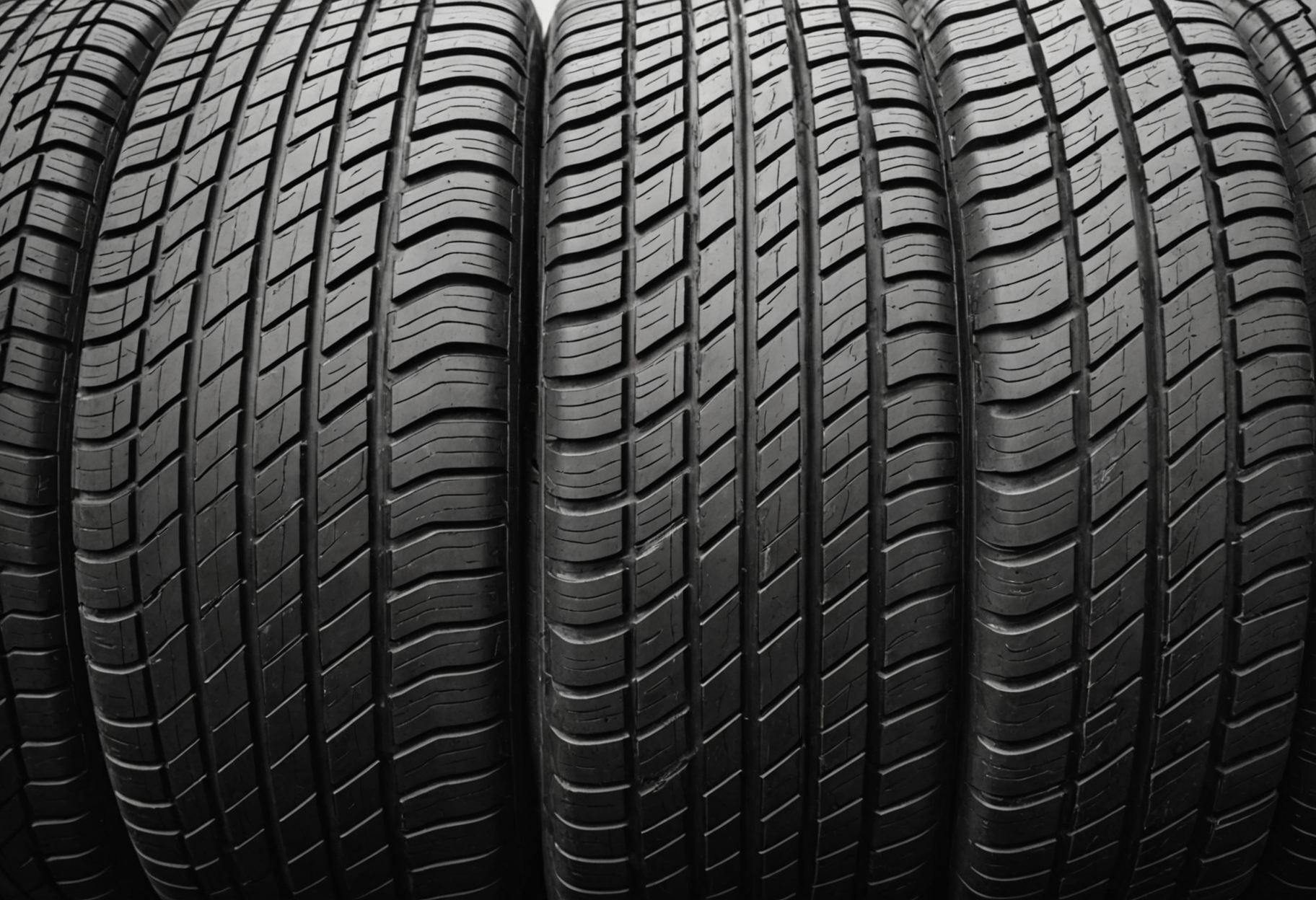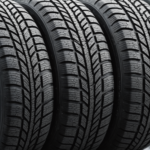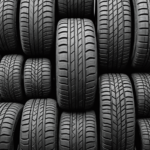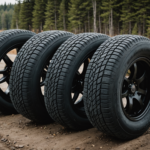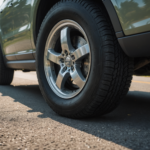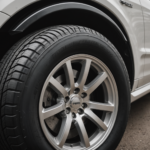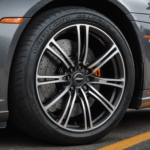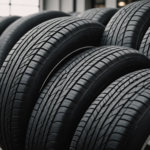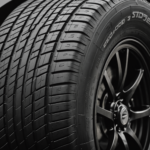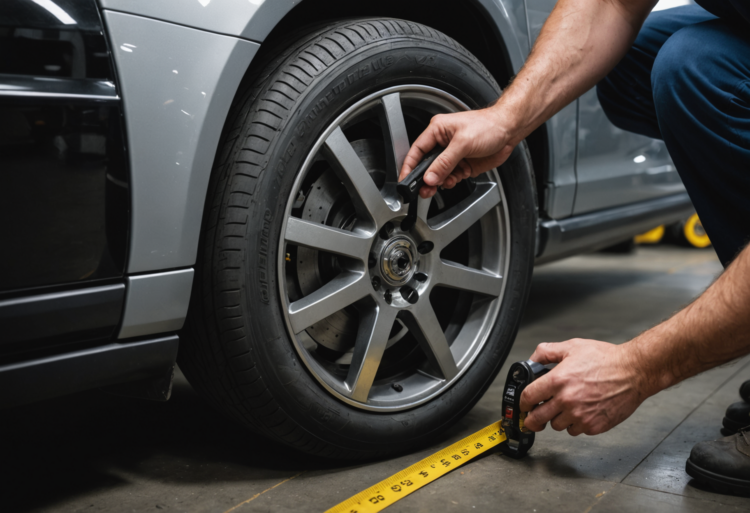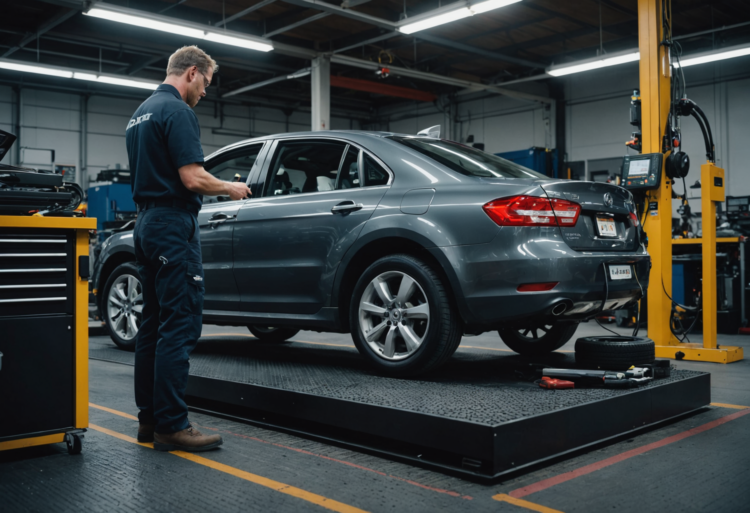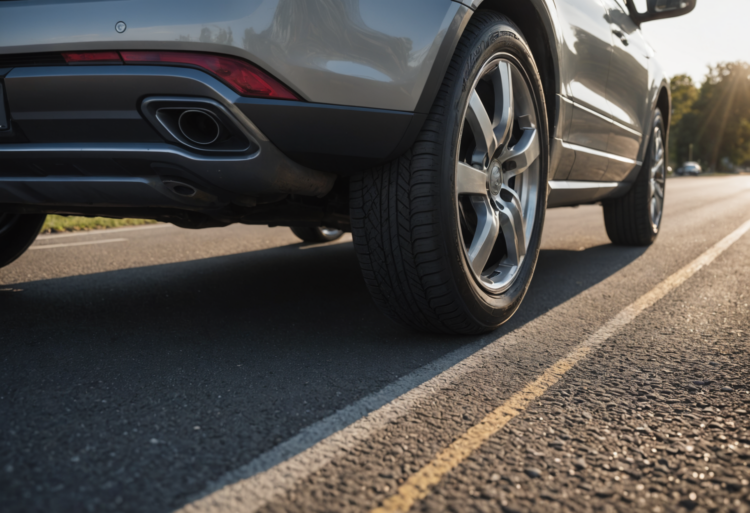Understanding the intricacies of tire tread patterns is fundamental for optimizing vehicle performance. The tread design on tires plays a pivotal role in various aspects of driving, including traction, handling, fuel efficiency, and ride comfort. This article delves into different tire tread patterns, their specific applications, and how they influence performance for various driving conditions.
What Are Tire Tread Patterns?
Tire tread patterns refer to the design of the grooves and channels on the surface of a tire. These patterns are engineered to enhance the tire’s interaction with the road surface. The primary functions of tread patterns include:
- Providing traction by creating friction with the road
- Facilitating water displacement to prevent hydroplaning
- Enhancing wear resistance and extending tire life
- Contributing to noise reduction for a quieter ride
Types of Tire Tread Patterns
Tire treads can be broadly categorized into several distinct patterns, each designed for specific driving conditions and performance requirements.
1. Symmetrical Tread Patterns
Symmetrical tread patterns feature identical designs on both sides of the tire. This type of tread is versatile and can be rotated in any direction, promoting even wear over time.
| Advantages | Disadvantages |
|---|---|
| Even wear and longevity | Moderate performance in extreme conditions |
| Lower road noise | Not specialized for specific tasks |
2. Asymmetrical Tread Patterns
Asymmetrical tire treads have a different design on the inner and outer sides. This pattern is engineered to optimize various performance characteristics, such as cornering stability and wet grip.
- The outer portion is typically designed for enhanced grip during cornering.
- The inner section is crafted to channel water away, improving wet traction.
3. Directional Tread Patterns
Directional tread patterns are designed to rotate in a single direction, indicated by an arrow on the sidewall. These patterns are particularly effective in wet conditions, as they feature V-shaped grooves that promote water evacuation.
| Features | Benefits |
|---|---|
| V-shaped grooves | Improved hydroplaning resistance |
| Enhanced grip on wet surfaces | Better performance in rain and snow |
The Importance of Tread Depth
Tread depth is another critical factor affecting tire performance. It refers to the height of the tread rubber, and its measurement is crucial for ensuring traction and safety.
Tread Depth Measurements
Understanding tread depth measurements is vital for vehicle safety. Generally, tires should maintain a minimum tread depth of 1.6 mm (2/32 inch). Regular inspections can prevent performance degradation and enhance overall safety.
How to Measure Tread Depth
Measuring tread depth can be done easily using a tread depth gauge or even a penny. The following steps outline the process:
- Insert a tread depth gauge or a penny into the grooves of the tire.
- If using a penny, ensure Abraham Lincoln’s head is facing down. If you can see the top of Lincoln’s head, it’s time to replace the tire.
- Check multiple points across the tire to get an accurate reading.
How Tread Patterns Affect Performance
The design of a tire’s tread pattern significantly impacts various performance characteristics, including:
1. Traction
Traction, or the ability of a tire to grip the road surface, is heavily influenced by the tread design. For instance, tires with deeper grooves and aggressive patterns tend to provide better traction on off-road and wet surfaces. Conversely, smoother, lower-profile tread designs often enhance performance in dry conditions.
2. Handling
Handling refers to the response of the vehicle to driver inputs. Tires with asymmetrical patterns typically offer superior handling capabilities, especially during cornering, as they can provide a better grip on the road. The sidewalls’ stiffness, along with tread design, also contribute to handling characteristics.
3. Hydroplaning Resistance
Hydroplaning occurs when a tire loses contact with the road due to water accumulation, leading to a loss of control. Directional tread patterns are particularly effective in mitigating this risk, as they are designed to channel water away from the contact patch, maintaining grip.
4. Noise Levels
Sound levels within the cabin can also be affected by tread patterns. Tires with continuous grooves and fewer aggressive features typically produce less noise, resulting in a quieter ride. In contrast, tires with more complex designs may create additional road noise.
Choosing the Right Tire Tread Pattern
Selecting the appropriate tire tread pattern depends on various factors, including driving conditions, climate, and driving style. Here are some recommendations for choosing the ideal tread pattern:
1. Assess Driving Conditions
Evaluate the primary driving conditions:
- Urban or city driving often requires a tire with lower rolling resistance and good wet performance.
- For off-road driving, an aggressive tread pattern is necessary to handle rugged terrain.
- For highway driving, a balanced tire that offers comfort and lower noise levels is ideal.
2. Consider Seasonal Requirements
Different climates necessitate different tread patterns:
- All-season tires are designed for moderate climates, offering balanced performance year-round.
- Winter tires feature deeper treads and specialized rubber compounds for superior grip in snow and ice.
- Summer tires provide optimal handling and traction in warm conditions with minimal water displacement capabilities.
3. Evaluate Your Driving Style
Choosing a tire that complements driving style is crucial:
- For aggressive drivers who enjoy cornering and speed, performance tires with asymmetrical tread patterns would be best.
- For regular commuters, touring tires that prioritize a comfortable ride are ideal.
Conclusion
Tire tread patterns are integral to vehicle performance, influencing traction, handling, hydroplaning resistance, and noise levels. Understanding the various tread designs available, as well as their advantages and disadvantages, is essential for making informed choices. By evaluating driving conditions, seasonal requirements, and individual driving styles, one can select the most suitable tire tread pattern to maximize performance, safety, and comfort. Maintaining optimal tread depth through regular inspections will further enhance tire longevity and performance, ensuring a safer driving experience.
This article covers comprehensive aspects of tire tread patterns and their impact on performance, structured with appropriate HTML headings and lists, as requested.

